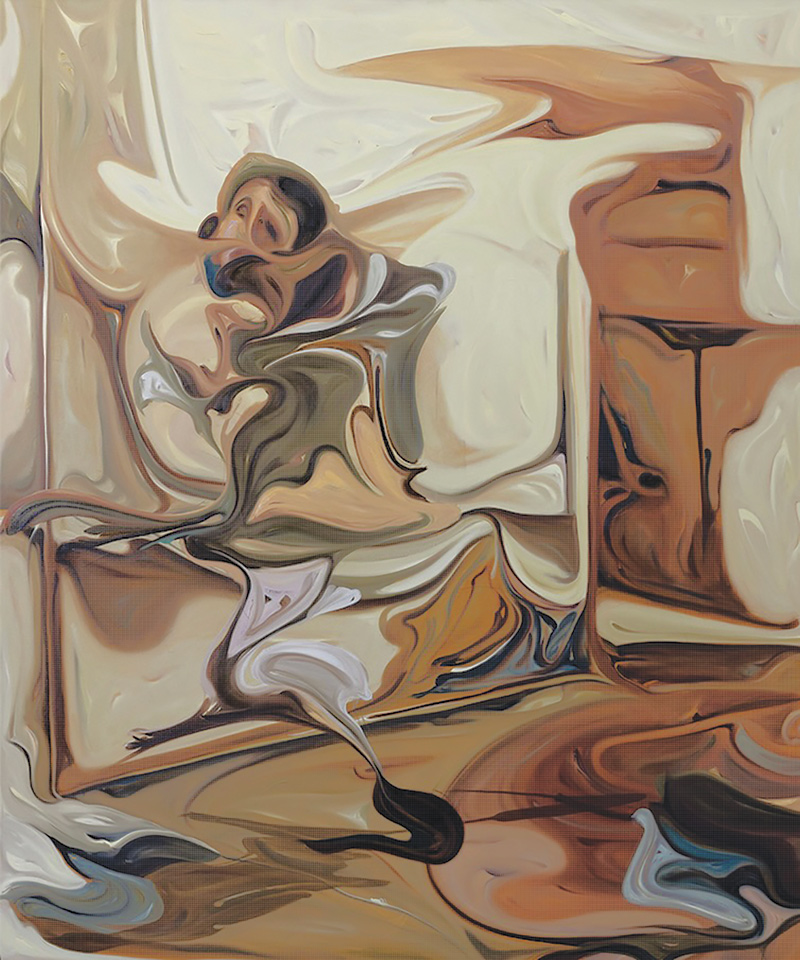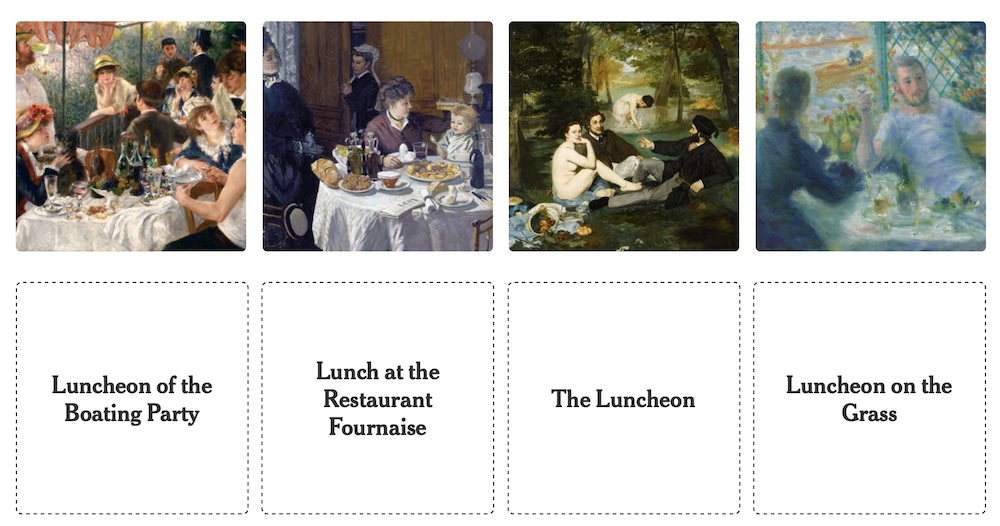3ARTS: Changing Chicago artists' lives for 5 years

by Kevin Nance
When the nonprofit grant-making organization 3Arts was founded in Chicago five years ago, its leaders thought they were joining a stable community of similar groups providing financial support to local artists. The organization’s unique, tripartite focus— on jumpstarting and/ or developing the careers of women artists, artists of color and those with disabilities in the performing, teaching, and visual arts— was intended to supplement the funding activities of other funders, including private foundations and government-subsidized agencies. Individual artists (as opposed to arts organizations) who might not be lucky enough to secure funding for their careers and projects, from say, the Illinois Arts Council or the Richard H. Driehaus Foundation, could turn to 3Arts.
But as the years went by, 3Arts found itself increasingly lonely in the world of Chicago art advocacy. The Driehaus Foundation, which has for years been giving a small number of $15,000 grants to visual artists, discontinued that practice after its board changed its priorities. The Illinois Arts Council, which had once been a major benefactor to visual artists around the state, had seen its grant programs devastated by budget cuts of around 60 percent; its grants to individual artists, which had once amounted to several thousand dollars per artist, have in many cases shrunk to a few hundred dollars— hardly worth the time and effort a midcareer artists would need to devote to the application process. In some cases, artists who had been notified of grant awards later received letters notifying them of the state’s inability to send the promised monies.
Now, with a few exceptions such as the MacArthur Foundation (at which a local visual artist’s chances of winning a grant are hardly more than those winning a Powerball jackpot) and the City of Chicago’s Community Arts Assistance Program (whose individual artists awards are capped at $1,000 each), 3Arts is virtually alone in providing substantial grants to individual visual artists. 3Arts now awards 10 unrestricted grants of $15,000 to artists each year, along with an increasing number of grants earmarked for specific projects.
“We started out giving about six annual grants, but then during the recession, artists were unemployed at twice the rate of other workers, and we nearly doubled the number of grants to about 10,” says executive director Esther Grimm, who also provides professional feedback and mentoring to artists, including those who are nominated for 3Arts grants but don’t receive them at first. “Then about a year ago, we realized that the one-time support wasn’t enough. Typically when you win a grant like ours, you’re never eligible for another. But our artists need ongoing support for their projects, and so we decided that the most impact we could have was to stick with them over the long haul, helping them build momentum and really get their careers off the ground, or just be there for them when they need us.”
3Arts currently has an annual budget of about $740,000, all of which is raised from donors and given directly to artists. (Salaries for the two-person staff, including Grimm, comes from proceeds from a separate fund.) The organization also supports six two-week residencies at Ragdale, an artists’ retreat in Lake Forest, and next year plans to expand that program to include month-long residencies with larger stipends at a national network of similar artist residency programs.
“I’m a huge fan of 3Arts,” says Peter Handler, program direction at the Driehaus Foundation. “I don’t know of any other organization like them in the city, and the work they do is tremendously important.”
The fact that 3Arts is virtually the only game in town in its niche has made it a crucial lifeline for a community of artists whose careers might otherwise have stalled— artists such as Riva Lehrer, whose professional and personal prospects absorbed a potentially crippling blow when her live/ work condo in Edgewater was flooded by thousands of gallons of rainwater during a storm in 2009 while she was out of town.
“It destroyed most of what I owned, and there was more than $20,000 worth of damage that wasn’t covered by my insurance,” Lehrer recalls. “Fortunately I was able to use part of my 3Arts money to put my studio back together. I don’t know what I would have done without it. Really, 3Arts is amazing. They listen better than any arts organization I’ve ever dealt with. They have passionate love for artists and a practical eye for how to help them. They’re a total gift to the city. I just wish we had a lot more people operating at that level. Or if 3Arts could manage to get a significantly larger group of donors, they could be truly transformative.”
Something similar happened to emerging artists David Leggett, who used his initial 3Arts grant to pay off debt, buy a computer and rent a larger studio, which allowed him to transition from making small-scale artworks to creating larger pieces. Subsequently, his studio was flooded, and he used the money from a 3Arts project grant to repair damage to the studio and its contents.
Then there’s Harold Mendez, who’s using the proceeds from his 2012 grant to develop a collaborative multimedia project at the Studio Museum of Harlem to be unveiled in February. He also plans to use part of the money to visit his home country of Colombia, where he will do family research in the national archives for an art project that’s been in the planning stages for years. “It’s been in my mind since 2005, but until recently I haven’t had the resources to make it happen,” he says. “Without the 3Arts grant, it would take me a lot longer. Chicago is a great city with great institutions, but I feel like the funding structure for artists doesn’t match the other things that Chicago offer, even though there’s so much money here. It’s great that 3Arts exists, because I know so many artists who’ve changed their practice in so many ways because of 3Arts.”
There’s also Maria Vergara, a young painter who told Chicago Gallery News that she’ll use a significant portion of her 2012 3Arts grant to buy “a heck of a lot of art supplies” for a monthly program in which she teaches art-making to autistic children from local Hispanic families. “The kids are really good at art, they learn super-fact, but the funds for the program keep getting cut,” she says. “They want to paint on canvas, but I have to give them paper and crayons. But they really deserve it, so i’m going to get them some canvas.”
Like Vergara’s teaching, several other 3Arts-funded projects are having what Grimm calls a significant “ripple effect,” providing arts opportunities to a number of underserved neighborhoods in Chicago. One example is The Franklin, a small exhibition space constructed in the backyard of the home of conceptual artist Edra Soto and her husband, the custom fabricator Dan Sullivan, at 3522 W. Franklin Blvd. in Garfield Park. “Dan did most of the construction, but the materials are so expensive,” Soto explains. “We couldn’t have done it without the 3Arts money.”
And at 3550 W. Lawrence, in Albany Park, now stands North Branch Projects, a community founded by artists Regin Igloria that gives free instruction in art-making and bookbinding to residents of the neighborhood, which has few arts organizations of any kind. “I created it in 2010 because I was frustrated with the relationship of the contemporary art world to people in Albany Park, where I grew up,” says Igloria, who also works as director of artist residency programs at Ragdale. “There was almost no connection between the art world and non-artists, so the idea was to create a place where the concept of creativity could be explored as part of a broad dialogue with my neighbors.”
As it happened Igloria’s 2011 3Arts grant arrived in the nick of time. ‘It was literally a lifesaver, because I used up all my savings and was down-and-out financially, just trying to keep this place running”, he says. “The money really helped me keep the doors open, and it gave me such a morale boost, knowing that someone was there to help me keep it alive.”






